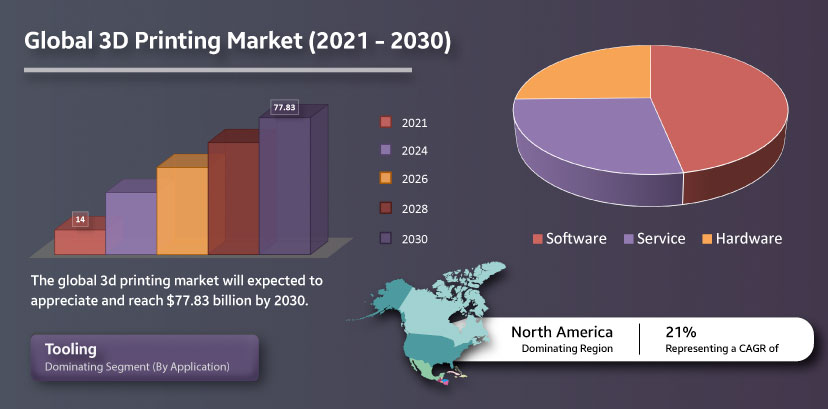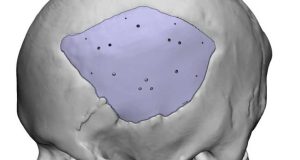3D printing is an additive process that involves building up layers of material to create a 3D part. The global 3D printing market worth in 2021 was $14 billion, and by 2030 it will reach $77.83 billion, growing at a 21% CAGR during 2021-2030.
The automotive industry has been using 3D printing, or additive manufacturing (AM), for a long time. A 2015 Wohlers Report found that motor vehicles accounted for 16.1% of the 3D printing market. Early applications frequently emphasized quick design alternatives for automobiles. 3D printing is being used by all kinds of automotive manufacturers for legacy parts, custom tooling, and digital inventory.
Digital Inventory
Historically, spare and replacement parts were physically layered in sizable warehouses, taking up space until they were needed when discussing inventory and distribution in the automotive industry.
The rise of digital inventory solutions, which include on-demand production facilities strategically positioned around the world, is highlighted in a recent Forbes article. Digital files are securely sent to 3D printers through this new link in the global supply chain to produce automotive parts as needed. There are two immediate logistical advantages: faster delivery of parts to customers in line and a smaller carbon footprint for shipment.
The low demand prevented German luxury car manufacturer Porsche from making and keeping spare parts for its vintage vehicles. Porsche is using 3D printing for metal and plastic parts and has added a spare part digital inventory to its catalog to meet unpredictable demands. This helps to keep classic cars on the road – and classic car owners happy and loyal.
Legacy Parts
3D printing provides a solution that allows businesses to meet customer demands more quickly and thus differentiate themselves in the marketplace.
A full-service contract manufacturer in the automotive, aerospace, and petrochemical industries sought to remain competitive in a crowded market by offering new capabilities to customers. The contract manufacturer transitioned to 3D metal printing when attempts to repair the part proved useless. Markforged used 3D scanning technology to reverse-engineer their customer’s carburetor cap, and they printed a model using Onyx material on their Markforged carbon fiber printer to check the fit with existing parts. The Markforged Metal X printer was used to 3D print the carburetor in 17-4 PH Stainless Steel. 3D printing satisfied the company’s requirements in terms of technology, cost, and customer satisfaction; this was a game-changer for the contract manufacturer.
Custom Tooling
The push for continuous development in vehicle performance often requires the creation of unique, complex component parts in the automotive industry. Parts can be tooled and designed for a specific vehicle or initiative using 3D printing.
In the motorsports world, for example, prototype race cars and bikes are custom-built to maximize performance on the track and race ahead of the competition. The speed with which a new component’s design is modified and the time it takes to remanufacture are critical success factors.
TransFIORmers, a Moto2 motorcycle racing team, is using 3D printing to create a new front suspension design. This method quickly produces a unique titanium wishbone front suspension part. Compared to products made using other materials and techniques, the final product is 40% lighter and much more rigid.
Future Trends
Complete cars are being produced using 3D printing, including vehicles made to support scientific research, sporty electric vehicles, and utility concept cars. Restoration of classic cars is being revolutionized by 3D printing, as demonstrated by the recreation of Elvis Presley’s BMW 507, which featured a number of 3D printed components.
Subscribe to our Newsletter
3DPResso is a weekly newsletter that links to the most exciting global stories from the 3D printing and additive manufacturing industry.























